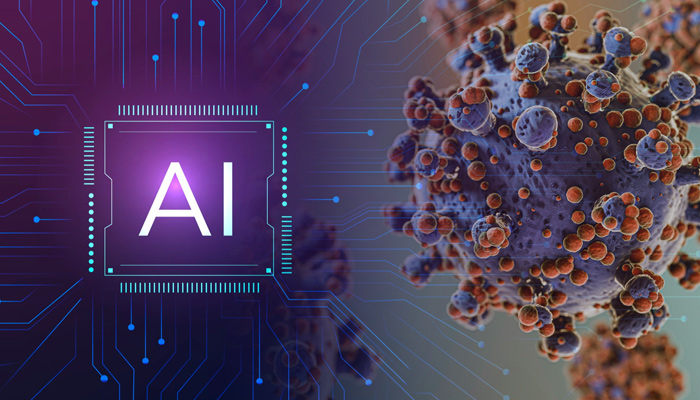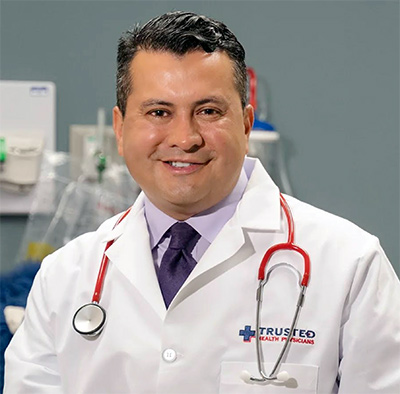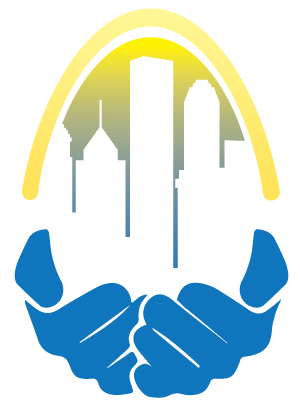
AI is Disrupting Healthcare—Via an Open Source Solution
Billions of dollars are chasing the promise of artificially intelligent diagnostics labs and doctors’ offices. What happens if someone gives away the service for free?
By Harvey Castro, MD, MBA
The AI landscape is constantly evolving, with companies vying to push the boundaries of what’s possible. One such company making waves is French startup Bioptimus, whose artificial intelligence model, H-optimus-0, has generated significant buzz. Trained on a massive dataset of hundreds of millions of images, this model promises to revolutionize disease diagnosis, particularly in identifying cancerous cells and detecting genetic abnormalities within tumors.
However, what truly sets Bioptimus apart is its decision to make H-optimus-0 open source—a move with potentially seismic implications for both the medical and AI industries.
By making their cutting-edge AI model freely available, Bioptimus aims to empower a wider range of researchers and healthcare providers with advanced diagnostic capabilities.This democratization of technology can be a powerful force for good, fostering collaboration and driving innovation in medical diagnostics on a global scale. The entire global medical community can contribute to the model’s development meaning faster iteration, quicker identification of flaws and, ultimately, a more robust and reliable tool.
But this power also presents significant challenges for existing stakeholders, presenting a potentially devastating alternative to companies relying on traditional proprietary models and intellectual property (IP) protections. The value proposition of these competing proprietary models will be diminished if comparable, readily available open source solutions exist. This doesn’t spell the end for proprietary models, but it necessitates a shift in strategy. It highlights one of our common themes: Companies must focus on what differentiates their offerings—superior accuracy, specialized applications or value-added services like comprehensive support and integration.
A Synergy of Open Source and Proprietary Innovation
The rise of open-source models need not signal the demise of proprietary platforms, it could pave the way for a more dynamic and collaborative future. In an efficient system open-source models like H-optimus-0 would drive accessibility and accelerate innovation, while proprietary models continue to excel in specialized applications and offer tailored solutions.
My prediction is that ultimately the industry will likely be forced to move towards a synergistic model, leveraging the strengths of both approaches to deliver the best possible patient outcomes.
Bioptimus’ decision to release H-optimus-0 as open source marks a pivotal moment in the evolution of AI-driven medical diagnostics. It highlights the potential of open source technology to democratize access to advanced tools and fuel a new era of collaborative innovation. As we navigate this evolving landscape, balancing open source accessibility with the need for robust regulation and continued, proprietary advancements will be key to shaping a future where AI empowers better and more equitable healthcare for all.

Harvey Castro, MD, MBA, transformed his life through determination and innovation. With more than two decades of experience as a physician, entrepreneur, CEO of eight free-standing ERs, a medical billing and physician staffing company, he has become a driving force for change. He currently serves as a strategic advisor for ChatGPT and healthcare.





